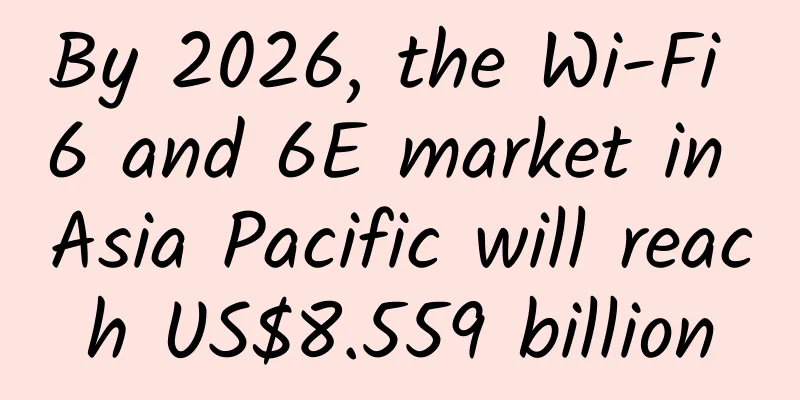Can 5G address workplace safety issues?

|
As 5G networks roll out around the world, their potential to accelerate adoption in the workplace is sure to attract more attention. But are concerns about 5G security real, especially in the early stages of 5G implementation across the enterprise? As one of the most revolutionary technologies in the digital age, 5G technology has shown great potential. As suppliers begin to deploy 5G networks around the world, the global 5G infrastructure market is expected to exceed US$42 billion by 2025. From ultra-high-definition streaming to enhanced sensor detection for utility companies, 5G could have a huge impact in entertainment, energy, communications, manufacturing, and more. While 5G’s true transformative potential is uncertain—the most creative and innovative applications will emerge once cellular technology becomes entrenched—the combination of ultra-high network speeds and ultra-mobility could fundamentally change the way we work. Paul Martini, cloud security expert and CEO of iboss, told TechHQ: “The incredible increase in bandwidth enabled by 5G technology will have a huge impact on all things cloud-related, allowing users and devices to use virtually any cloud application from any location.” However, the rise of 5G will also “upend the traditional scope of the office.” “Before 5G and the cloud, the office was the building where users worked. Now, with 5G, the office perimeter will become the users and devices themselves.” Martini told us that while this can provide more freedom and flexibility in how businesses and workers operate, the increase in mobility can also bring unique challenges to organizations. In the 5G era, users are no longer limited to Wi-Fi networks. The decentralization of the network requires administrators to reevaluate the way users access organizational files and perform business work. "To use an analogy, some organizations used to build castles and moats around their buildings with security equipment," Martini said. "The problem is that people don't work in castles anymore." Martini believes the rise of 5G will ultimately mark the end of the network perimeter — which will have implications for how businesses must structure themselves to defend against security threats. Today’s employees have access to more information than ever before, which means traditional cybersecurity measures are no longer effective. The increased bandwidth provided by 5G, and wider access to ultra-high-speed connections, could provide attackers with a larger surface area and the ability to carry out attacks more effectively – so users and devices outside the office will be more vulnerable than ever before. According to UK cybersecurity group Information Risk Management, 83% of cybersecurity leaders across industries claim to be "troubled" by the increased risks posed by 5G connectivity. Organisations must then consider security challenges in a more holistic way, as Martini says the concept of "building a moat around the castle" is not an adequate model - instead, 5G connectivity will require businesses to double down on protecting users and devices outside the office perimeter. “That’s why it’s critical to shift the design paradigm from security strategies designed for fixed buildings, such as cybersecurity appliances, to cybersecurity strategies that work in the cloud, wherever users go,” Martini said. At the end of 2019, EU member states released a joint risk assessment report on 5G technology, advocating a new approach to address the multi-dimensional security challenges of the new generation of networks. 5G strategists and industry insiders suggest developing end-to-end security in the network to address the security concerns mentioned. Take network slicing as an example, each "service category" will have its own different network requirements. By doing so, the "service category" will have its own virtual network slice, specifying data transmission through high bandwidth and ultra-low latency without affecting other services. As we move toward a 5G-connected business future, the most forward-thinking businesses can expect unfettered adoption. However, every investment in 5G’s potential must be matched by an investment in equally sophisticated and comprehensive security. |
>>: 129 apps were notified for illegally collecting and using personal information
Recommend
Is your home router safe? Tests on 18 routers tell you...
Fearing Wi-Fi radiation, parents asked schools to...
Enterprise router purchasing: Start by reviewing border routers
In the past, routers had only one purpose - to ro...
JuHost: $2.99/month-1GB/20G SSD/1TB/Hong Kong data center
JuHost is a newly opened Hong Kong VPS hosting pr...
Entering the Third-Party Certification of IPv6 Technology
IPv6 certification assesses products, networks an...
Learn about three of the four types of switch messages in one minute: broadcast, multicast, and unknown unicast
With the development of the Internet, various app...
In-depth analysis of computer networks and operating systems: essential knowledge analysis for interviews
Computer Network What is TCP congestion control? ...
Jingwen Internet: Japan VPS free upgrade package, Japan server free upgrade 100M bandwidth, recharge 1000 and get 300 yuan
The last time I shared information about JWDNS wa...
Prediction: Global enterprise-level WLAN equipment spending will reach $40 billion in the next five years
Market research firm Dell'Oro Group has just ...
How to accelerate the scale application of 5G? Integration of thousands of industries is the key
Although 5G will enter a new stage of large-scale...
In the 5G era, how will data centers be defined?
There are still many unanswered questions about 5...
China only holds 10% of 5G patents? Don’t worry, there is still a long way to go.
After many rounds of 3GPP meetings and lengthy te...
Internet chat, what have you learned?
I believe there is no need to elaborate on what t...
WiFi 7 for ubiquitous access
It is now common to use mobile communication netw...
2019: 5G takes center stage, changing lives and spreading across industries
Every upgrade of communication technology brings ...
How service mesh enables microservices networking
Service mesh is the latest hot networking technol...









